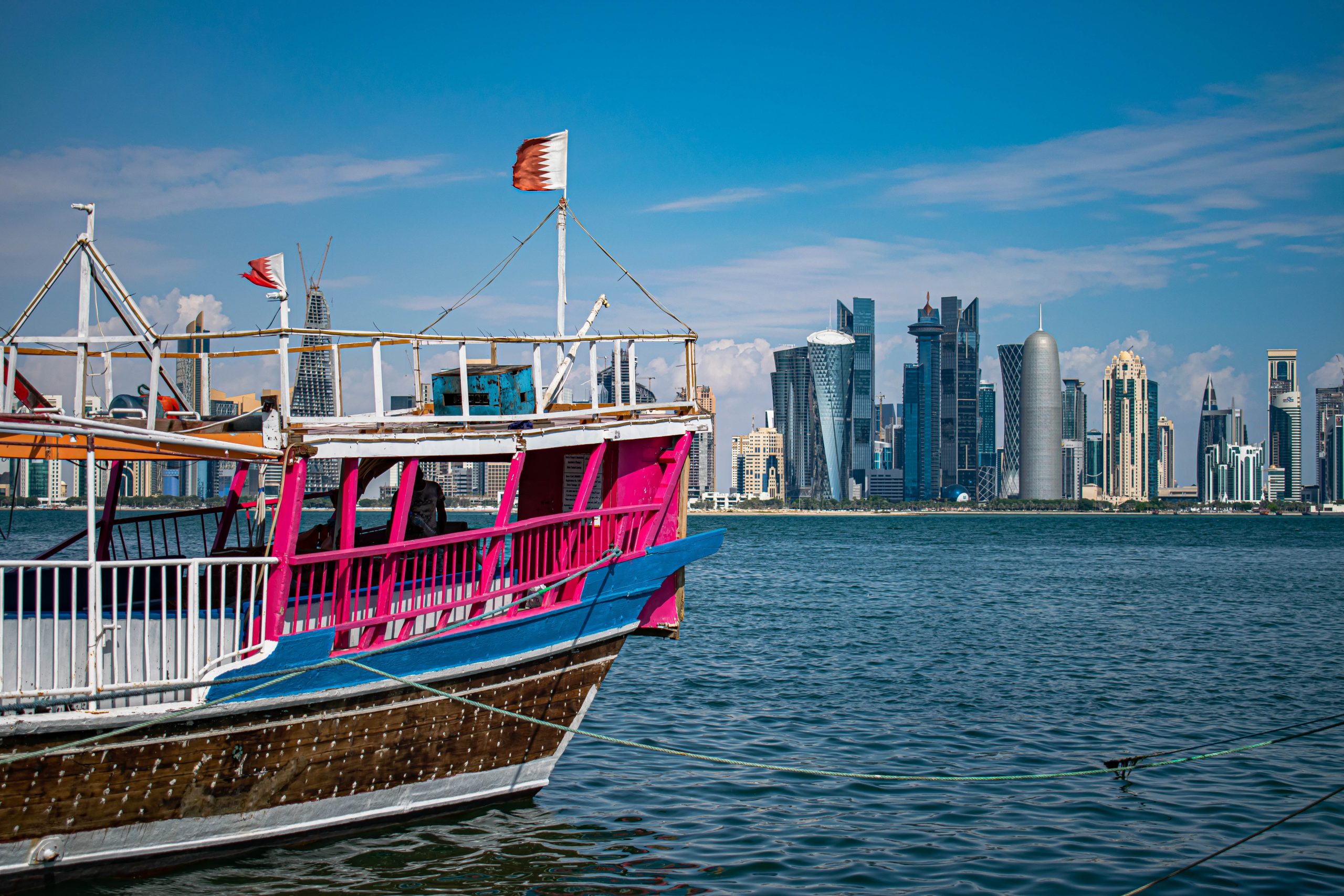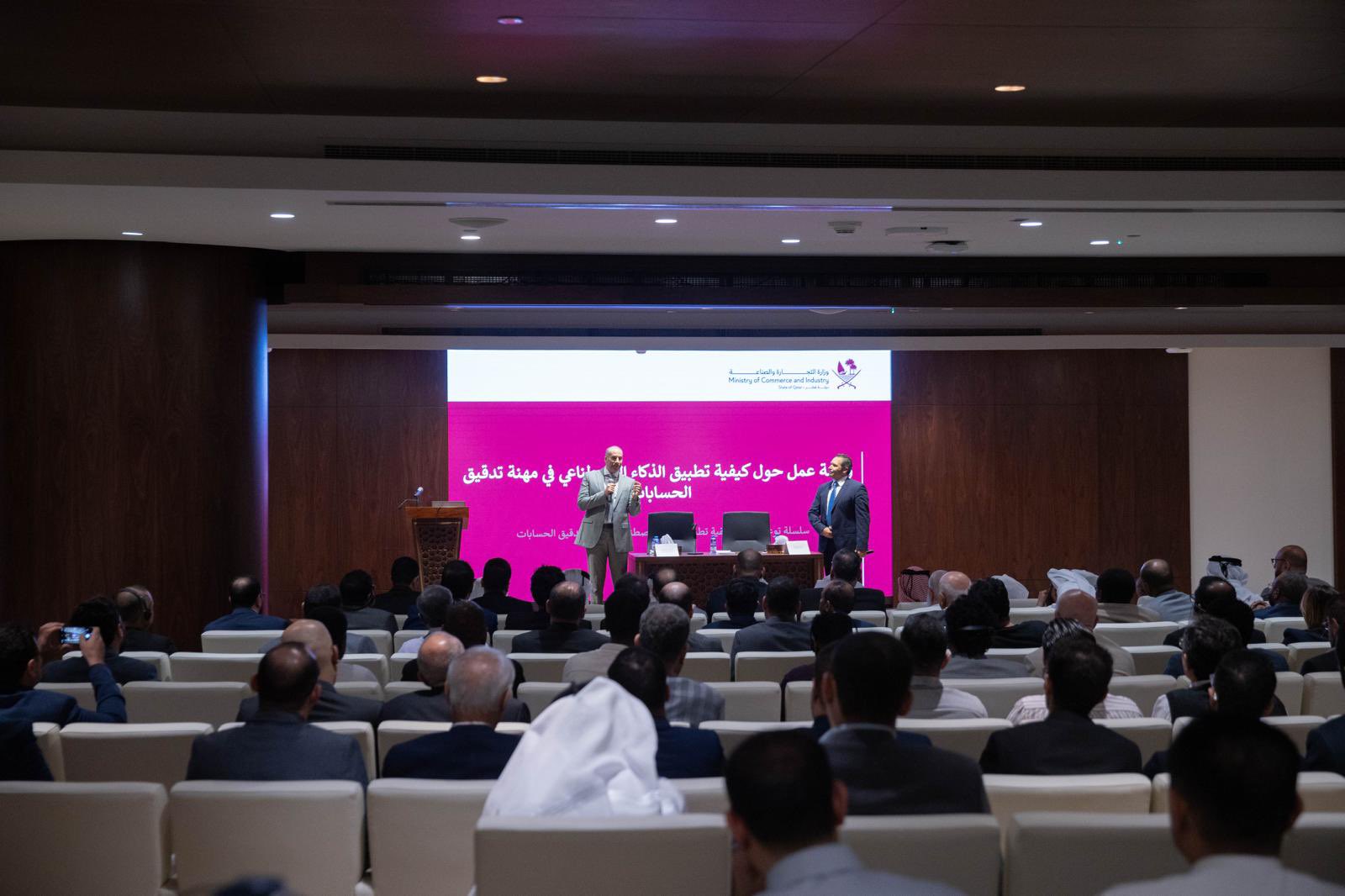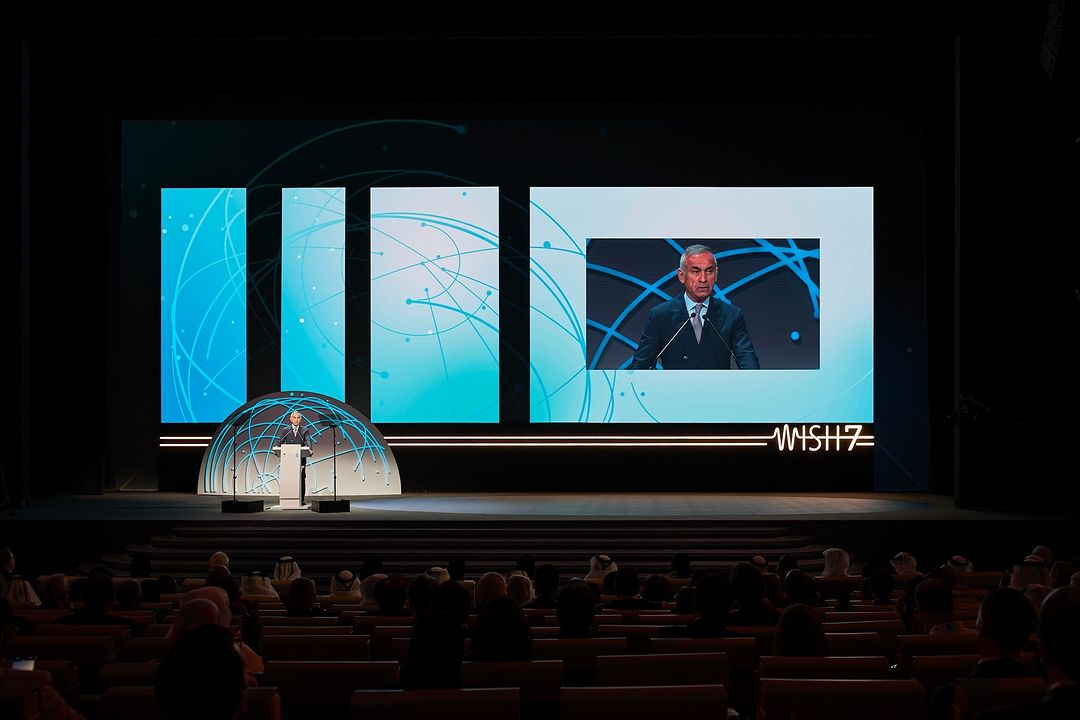Infrastructure and financial investments are seen as crucial factors in optimising treated sewage effluent.
Qatar is looking to achieve a 40% average improvement in water consumption per tonne of crop produced by the year 2030, an official confirmed.
The critical importance of enhancing water use efficiency in arid regions like Qatar was emphasised by Delphine Acloque, who represented the Ministry of Municipality at the International Conference on Sustainable Energy-Water-Environment Nexus in Desert Climates.
“It’s not easy to replenish water, especially in arid countries. So we need to promote water-efficient, water-saving farming methods,” said Acloque.
The target for Qatar by 2030 will be to reach an average of 40% improvement in water consumption per tonne of crop produced.”
Acloque further highlighted the Gulf country’s promotion of treated wastewater or treated sewage effluent (TSE), particularly for animal feed, with the goal of reaching 100% TSE usage for fodder irrigation by 2030.
However, she acknowledged the challenges that persist, including the logistics of transporting TSE water and the trade-offs in deciding how to utilise it.
Infrastructure and financial investments are seen as crucial factors in optimising TSE usage, especially when determining its application for fodder, tree planting, and urban landscaping.
Acloque also emphasised the importance of integrating applied research into innovative solutions for coping with water scarcity and high humidity levels, citing Qatar’s collaboration with the Qatar National Research Fund to finance projects dedicated to food security.
The region’s climate conditions is predominantly characterised by minimal rainfall, desertification, extended summers, which pose obstacles to agriculture.
Qatar’s limited freshwater resources consist mainly of rainfall and groundwater, with desalination being the primary source of water, despite its cost and energy-intensive nature.
Agrico Managing Director Nasser Ahmed Al Khalaf stepped in to stress the need for technology specifically tailored to the Middle East’s demanding climate conditions.
“We are in a unique situation because agricultural production, whether in vegetables, livestock, or aquaculture, is greatly dependent on the environment, and Qatar is unique,” said Al Khalaf.
He highlighted the necessity to develop technology suited to the region’s environment, pointing out Agrico’s success in creating patented greenhouse technology that enables year-round vegetable production in Qatar.
Al Khalaf went on to call for supportive agricultural legislation and local policies to boost production and protect market values.
Qatar and the climate
Qatar’s energy sector was the biggest contributor of carbon dioxide emissions in 2019. Overall, local energy emissions have increased by 433% between 1998 and 2019.
However, the Gulf state’s greenhouse emissions dropped by 3.9% in 2019 in comparison to 2016, according to the Arab Youth Climate Movement Qatar.
Data from 2017 found that Qatar is amongst the top five ‘worst’ countries with regards to air quality.
Nepal tops the list at 99.7%, with Niger at 94.1%, Qatar at 91%, India at 90.9%, Saudi Arabia standing at 87.9% and Egypt at 87%.
QatarEnergy joined a group of oil and gas companies in an effort to diminish nearly all methane footprint produced during operations by the year 2030.
The world’s biggest liquified natural gas (LNG) producer signed up to the Aiming for Zero Methane Emissions Initiative in June last year.
As one of the leading LNG producers, rivalled only by the United States, Australia, and Russia, Qatar holds a critical position in the global energy landscape. The North Field, representing roughly 10% of the world’s known natural gas reserves, is at the heart of Qatar’s energy prowess.
Qatar’s expansion of LNG production falls in line with global efforts in cutting emissions, with the Gulf state promoting the gas as a green transitional fuel. The use of LNG also aligns with the Paris agreement, which aims to limit global warming through the reduction of emissions.
“The State of Qatar has firmly supported the role of natural gas as a central component of any energy mix on the road to a realistic energy transition. We are providing the world with the cleanest hydrocarbon source of energy, which enjoys both economic and environmental qualities to support sustainable growth and a better future,” Qatar’s Minister of State for Energy Affairs and President and CEO of QatarEnergy Saad Sherida Al-Kaabi said in a keynote speech at the Sinopec Forum in Shanghai.
“In fact, by 2029, about 40% of all new LNG supplies will be provided by Qatar. Therefore, we believe that a stronger relationship between the world’s largest LNG producer and the world’s largest energy consumer is a natural development of the realities shaping the energy map today.”
The top official also highlighted Doha’s belief in energy transition being one of the most pressing challenges of our time and said more sustainable energy future cannot be achieved in isolation but “requires open cooperation among nations, industries, and stakeholders towards a common goal”.
“It is not just about the environment, but also about the future of energy that touches the lives of every individual on this planet, and transcends borders, economies, and cultures. It is about a reasonable and realistic shift to cleaner alternatives to power our economies, while at the same time balancing energy security, affordability, and sustainability,” he added.







